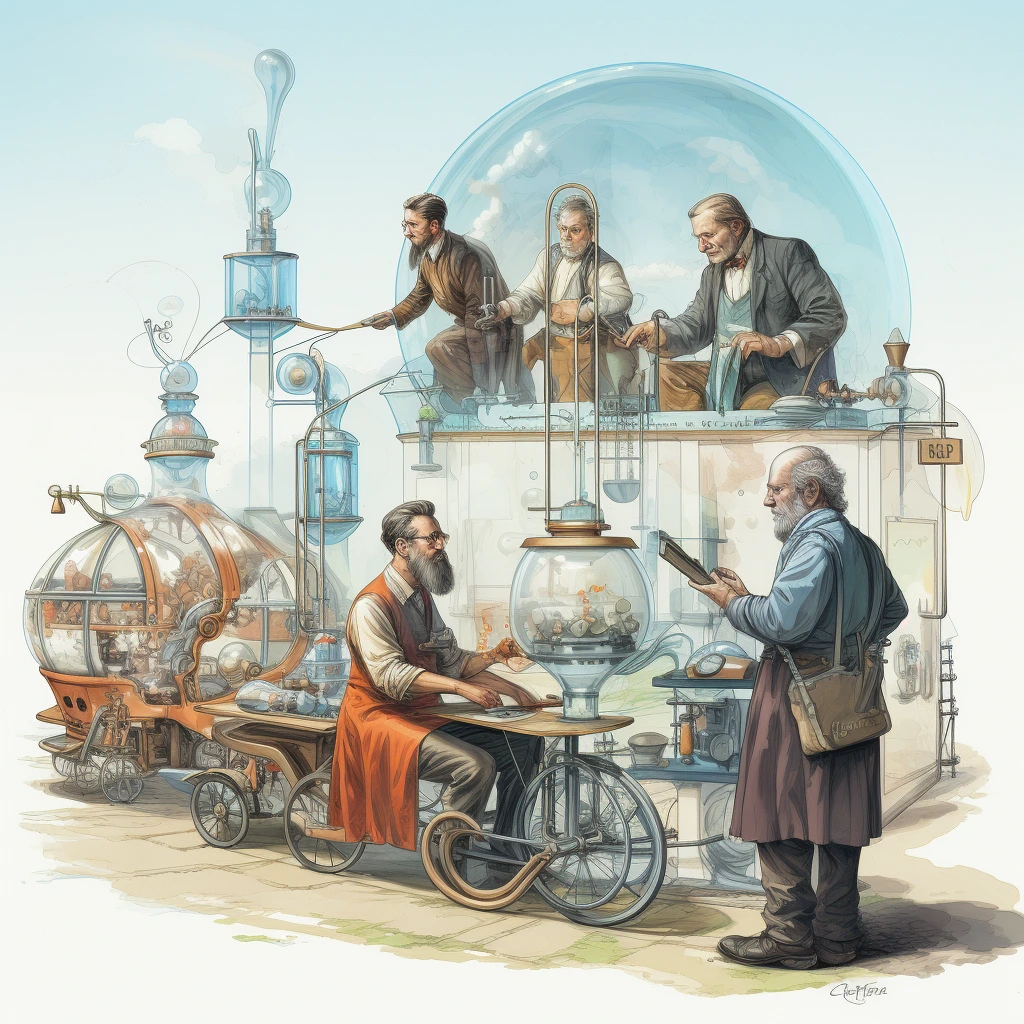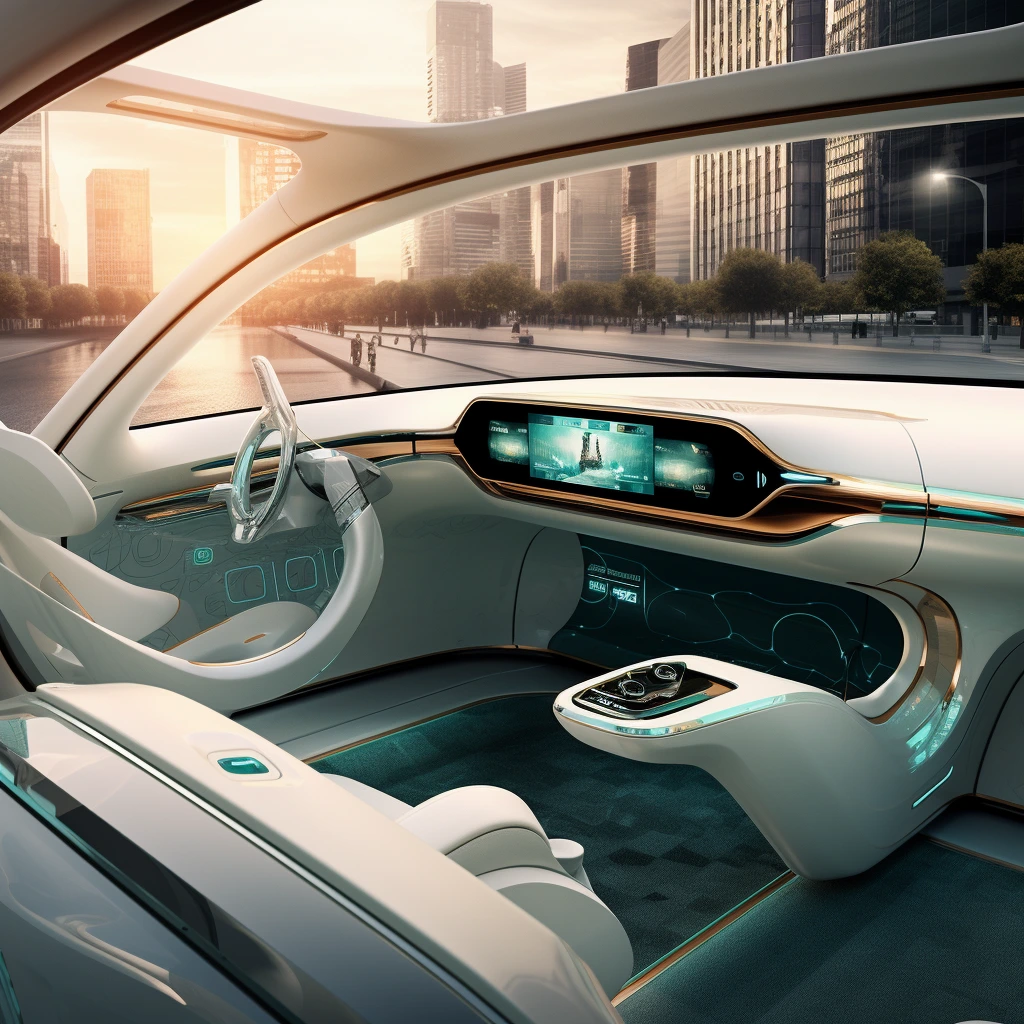Introduction
Glass of Automobile: Hello to all automobile aficionados and anyone curious about the intriguing contraption in their vehicles that can be lowered while cruising through town – essentially, every driver on the road today. The seemingly simple car window is more than it appears; it’s auto glass, a remarkable material integral to your car’s functionality and safety. Let’s delve into the history and functions of automotive glass, from its ancient origins to cutting-edge innovations shaping today’s driving experience.
Unraveling the Threefold Purpose of Auto Glass
Glass of Automobile, whether in windshields, side windows, or rear windows, serves three essential functions:
The Origins: A Glimpse into Ancient Glassmaking

https://en.wikipedia.org/wiki/Glass
The story begins thousands of years ago when glassmaking emerged as a significant craft for ancient civilizations. Egyptians pioneered man-made glass around 2,000 B.C., primarily creating intricate glass jewelry. Romans, in 1 A.D., introduced glassblowing, opening new possibilities. Medieval Europe in 1,386 A.D. witnessed artisans showcasing glassblowing skills in various structures.
Auto Glass Enters the Scene: 1919 and Beyond
Fast forward to 1919, the year when auto glass found its purpose and began its romance with windshields. Glass Digest introduced federal regulations, shaping guidelines for windshield types and colors in vehicles. Initially a luxury item, windshields made of laminated glass became a standard feature for driver and passenger safety.
Innovations Unveiled: 1959 Onward
In 1959, collaboration among automakers birthed the backup light, enhancing vehicle safety. The 1960s saw the introduction of tempered glass in side and rear windows. The early 1960s marked the entrance of Naspers into print media, creating a significant impact in the media industry.
The Road Ahead: A Future of Possibilities
As we journey through the evolution of auto glass, it’s evident that innovation remains constant. The auto industry continues to embrace new technologies, ensuring safety, functionality, and aesthetic appeal. Each advancement in auto glass reflects a commitment to enhancing the driving experience, making cars safer, more efficient, and aesthetically pleasing.

https://en.wikipedia.org/wiki/Glass
Safety First: The Evolution of Glass Materials
Cars are usually fitted with glass that shatters into tiny, somewhat nondescript pieces if the window is broken. This glass is called tempered glass. Tempered glass is ideal for automobile windows because if the window is ever broken, the glass shatters into thousands of tiny pieces, keeping you safe. Cars used to be made entirely of window-grade plate glass. But this type of glass is seriously dangerous, and when broken, it causes lethal injuries to drivers or passengers. Windshields are made from a special type of laminated glass. The windshield has a layer of plastic between two layers of glass. Laminated glass is very useful for commercial purposes and is also one of the basics of a car’s safety features.
In conclusion, the story of auto glass is not just a historical account but a testament to human ingenuity and the perpetual quest for improvement. The road ahead promises more chapters, with ongoing innovations ensuring that the journey of automotive glass remains a fascinating and integral part of our driving adventures. Buckle up as we continue to witness the transformation of auto glass, where each pane tells a tale of progress and endless possibilities.
Back/Home
